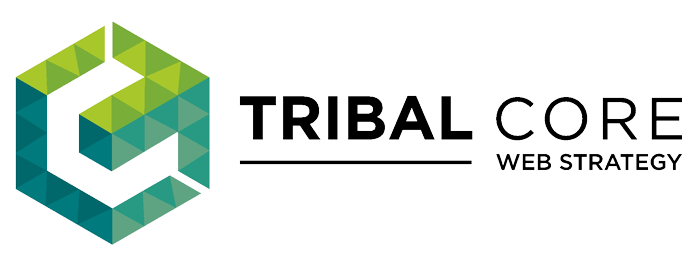This article was originally published by the Pacific Coast Business Times, and has been edited slightly with updates.
From our home at Meditation Mount, in the east end of the Ojai Valley looking towards Santa Paula, the wildfire glowed red against the dark sky. A massive limb snapped off a nearby pepper tree, as the high winds pushed the fire south towards Ventura.
The power went out. My wife and I had loaded up our small car with clothes and computers, and we left Ojai, just before midnight.
The next day I was on a call with a client, when I got a text from my wife that we had lost our home. I opened up Facebook while still on the call and saw a photo posted from a friend who had hiked up to where our home once stood. It was a smoldering pile of ash and debris, utterly consumed by the Thomas Fire in the early hours of December 5th.
In the next 48 hours, we had a lot of people with whom we had to communicate – letting friends & family know we were safe, while sorting out the logistics of business and lodging.
On a personal level, we lost everything, most notably my wife’s art – over 100 paintings. On a business level, my company proved remarkably resilient. My business network became a wellspring of compassion and action, finding us places to stay, making us dinner, offering any help we needed.
Since our company operates with a virtual team, only myself and my assistant in Santa Barbara were affected by the Thomas Fire. Clients were very understanding, and we were able to maintain operations with a response time about a day slower than normal. That’s not to say it wasn’t hard as hell. Keeping a business going while sorting out insurance, lodging, worried family and the like was one of the most challenging things I’ll probably ever go through. They don’t call it a life event for nothing.
We had multiple clients in Ojai and Santa Barbara that were not as well positioned for disaster response and continuity. One client headquartered on Chapala Street was dealing with employees evacuated from their homes, scattered across Santa Barbara County and farther north. Another client’s family had fled Ojai, finding refuge at the Baccara Resort, unsure if they had a home to which they could return.
The subsequent mudslide that flooded the 101 Freeway at Olive Mill Road added to the chaos. One friend in Ojai commuted nearly eight hours up Highway 33 to the 5 Freeway, across the 41 and down to SBCC in order to prep the school for the first day of class. He stayed on a cot in his office for a week.
One year later, I look back on the Thomas Fire in awe. I carry sadness for the community we left, and I feel immense gratitude for a life where happiness is not dependent on the accumulation of years of consumerism.
As this article was going to press in early November, we found ourselves in a Mandatory Evacuation from our place in Malibu due to the massive and overwhelming Woolsey Fire. Our friends in Point Dume were able to save their home and the outbuilding in which we have been staying (although it will be uninhabitable for months). Many of their neighbors were not so lucky – over 60 homes lost within half a mile of them. Fires are still burning and ruins are still smoldering, fanned by hot Santa Ana winds.
The knowledge that a black swan can occur at any moment is no longer theoretical. Preparing for an unexpected and improbable event is something every business needs to think about. Does that business have a continuity plan? Does the business understand it’s supply chain risks? Does the business have internal and external communication plans?
As a boutique web marketing agency with a decentralized team, we are heavily reliant on cloud-based tools. Google Drive, Dropbox, Slack, Asana and other platforms form our marketing stack. In day-to-day operations, they allow us to communicate, share files and operate regardless of where we might be. In a time of crisis, these tools are essential for maintaining operations and facilitating communication, regardless of device.
During the peak of the Thomas Fire, I was able to access files and communicate with both team members and clients from a laptop, a tablet and a cell phone. During the Woolsey Fire, I’ve been able to similarly maintain operations, pausing long enough to buy some socks and underwear.
We certainly don’t have the same challenges as a manufacturing company in Goleta. But any business, large or small, can benefit from addressing points of weakness and how to best maintain continuity. Doing so may make the difference between struggling to survive and thriving in a time of crisis. Companies that can thrive make the entire business ecosystem stronger, more resilient and quicker to recover.
Looking back on the last twelve months, I consider myself incredibly fortunate and grateful to have weathered both the Thomas Fire and Woolsey Fire and am eager to make 2019 a banner year.
image of the Ojai Valley after the Thomas Fire courtesy Art Durand

